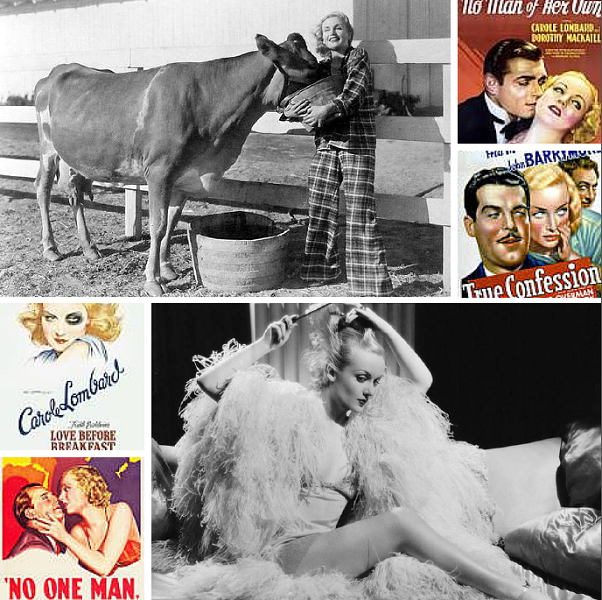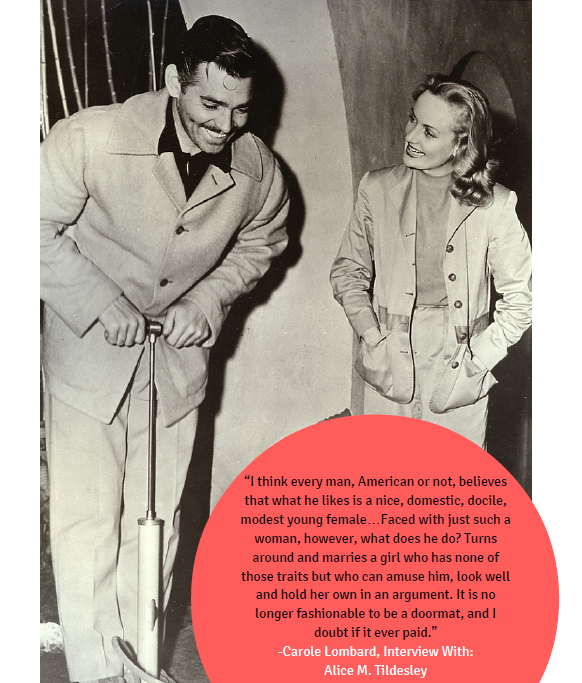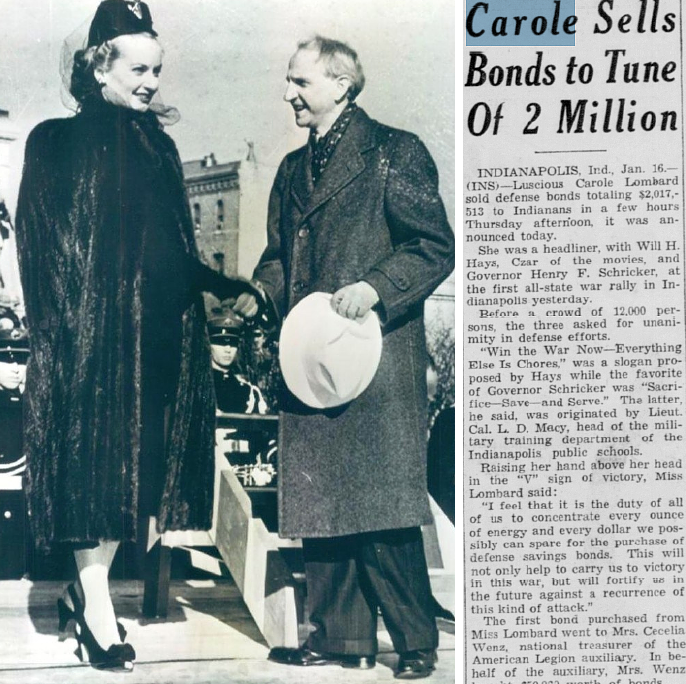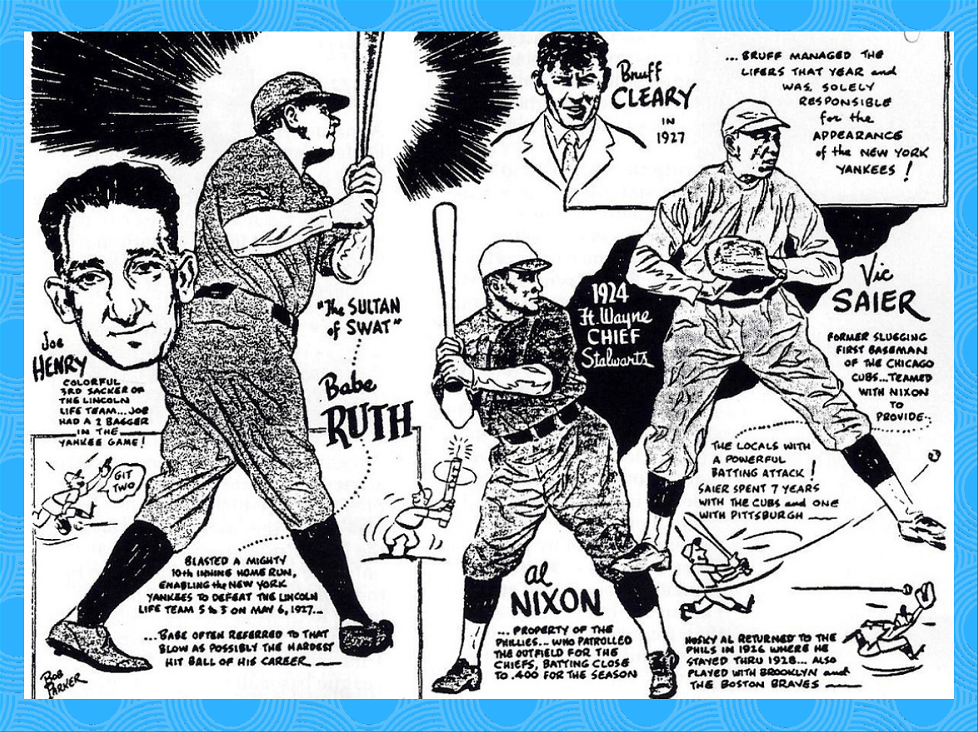
Legendary baseball player George “Babe” Ruth graced Fort Wayne with his presence during a personal visit on October 26, 1926. After putting on a show during at practice, he joined the Fort Wayne Lincoln Lifers, a semiprofessional team sponsored by Lincoln National Life Insurance Co., in a game against a very good Kips team. Ruth proceeded to put on a demonstration by playing every position except catcher. He topped the game off by hitting two balls out of the park. With the Bambino in their arsenal, the Lifers won 11 to 1.

Ruth returned to the Indiana town on May 6, 1927 with the New York Yankees to play an exhibition game against the Lifers. In his Fort Wayne Sports History, Blake Sebring wrote that the Yankees, who were in first place in the league, made the stop on their way to take on Chicago. The game took place at League Park, now called Headwaters Park, located between Calhoun and Clinton streets. A wooden structure was erected at the park in 1883. Rebuilt several times, the place received a major overhaul in 1908 with new grandstands and a grass infield. After the damage caused by the Great Flood of 1913, additional restoration was required. It was readied as a host park for semi-pro Central League teams, including the Lifers when they moved up to a minor league status.
That 1927 exhibition season, League Park’s grandstand was filled with more than 3,000 fans, occupying all sitting and standing room. Enthusiastic Fort Wayne fans streamed in, eager to witness high drama from Babe Ruth, Lou Gehrig and the other Yankee legends. The fans were not disappointed, as they sensed Babe’s charge into the annals of American history.
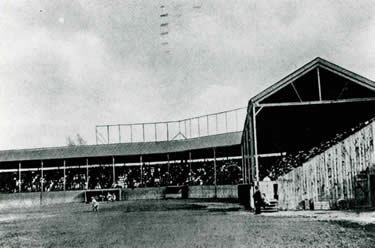
The regulation 9 innings were played. The Lifers held the Yankees to a 3–3 tie in the 10th, with two out and a runner on first when “The Sultan of Swat,” another of Ruth’s appellations, came to the plate. He took two strikes and then in classic style belted the next pitch over the center field wall, landing on the roof of one of the city utility barns across Clinton Street. The hit enable the Yankees to defeat the Lifers 5-3. The stands emptied and adoring fans mobbed Babe.
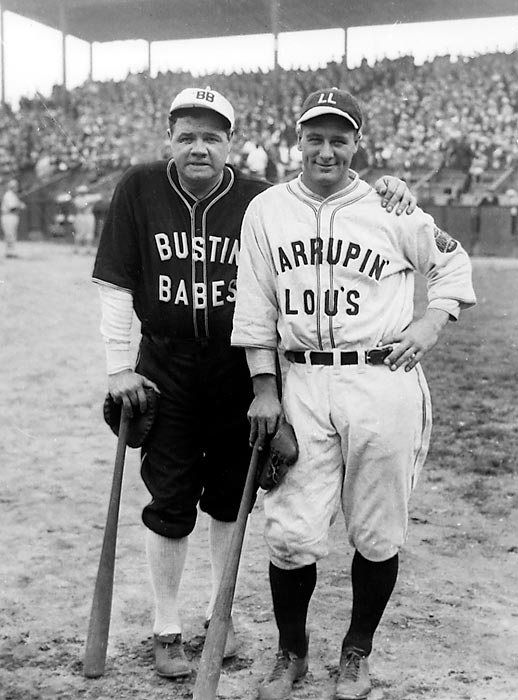
It has been said that the Bambino often referred to that blow as possibly the hardest hit ball of his career. According to John Ankenbruck, after citing the official long hits by Babe Ruth and Mickey Mantle, one sportswriter declared that, Ruth hit a longer one in Fort Wayne, according to the Bambino’s version.
After the 1927 season, Ruth went on a barn storming tour, playing again at League Park. He belted a ball over the left-centerfield fence and claimed that the ball landed in a freight car that was passing the park at the time. Local baseball historians are quick to note that, if true, the ball would have had to clear the fence then make a right angle, travel another 600 feet to land on the railroad tracks. Even so, 1927 was a banner year for Fort Wayne baseball and Babe Ruth was on hand to help make it a big hit.

